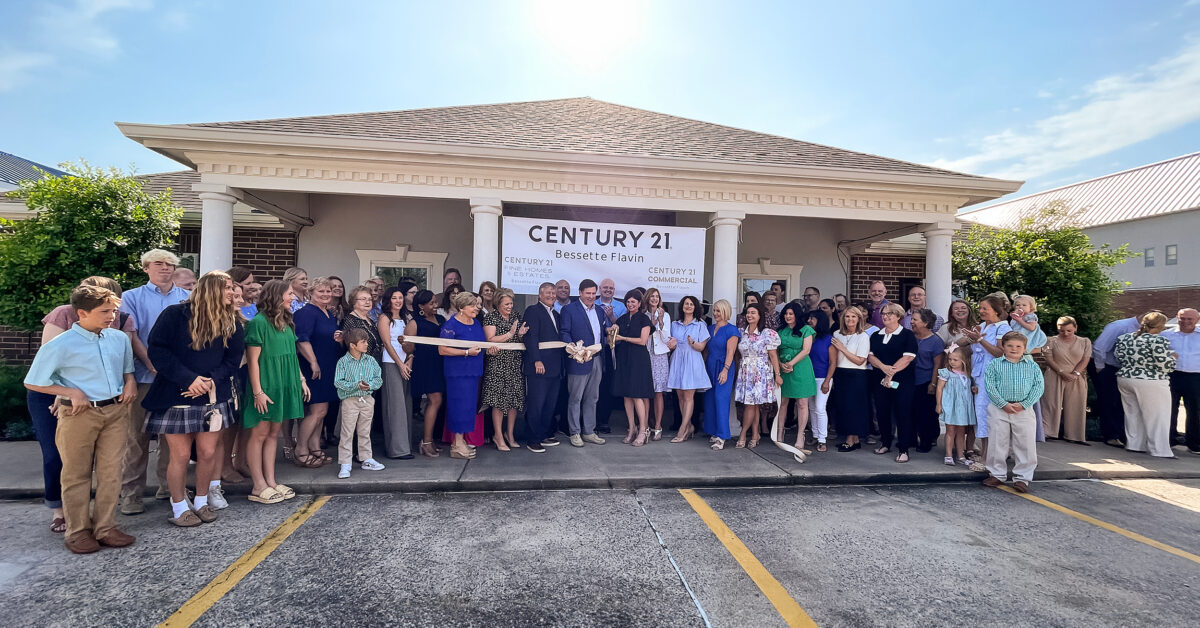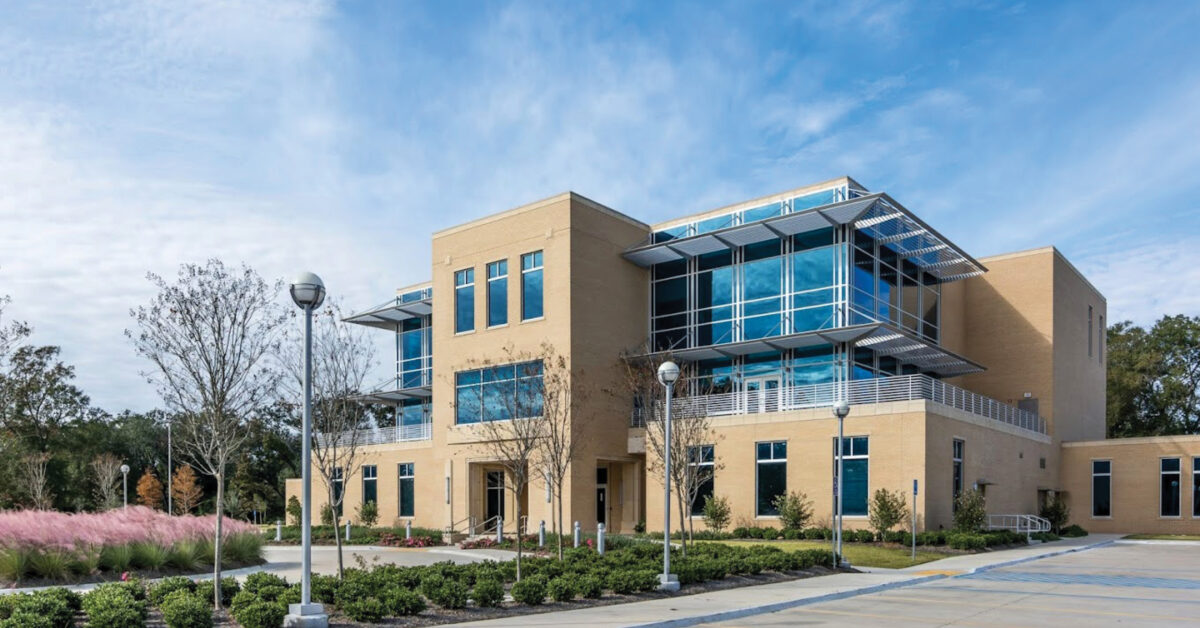
Edgemont Healing Center: A New Space for Wellness and The Restorative Arts
July 2022
Family Works: Lake City Printing & FASTSIGNS
July 2022Find the Best Bank for You
Is it time to open a bank account but you’re not sure which bank to choose? Switching banks takes effort, so selecting the right bank is an important decision you only want to make once. If you’re wondering which bank is best for your needs, take these steps to get familiar with the options available and choose the institution that fits your needs.
Define your Current & Future Banking Needs
You probably have immediate requirements that a bank must satisfy. For example, you may need a place to deposit your paycheck, or perhaps a bank that charges lower fees than your current bank. The best bank for you will not only meet those needs but also your anticipated needs in the coming years.
As you evaluate banks, consider whether you’ll grow out of an institution, or if banks excel in areas where you anticipate future needs. For example:
- Will you stay in the same location?
- Does the bank offer robust online or mobile services?
- If you’ll start a business, can the bank handle business accounts?
- If you plan to get a mortgage or refinance, does the bank offer discounts to customers who use other services?
- While it’s wise to plan ahead, things change, and it’s hard to predict the future. For this reason, most people start by focusing on banks that offer a wide range of basic products.
Explore your Banking Options
Several varieties of financial institutions are available. Most offer similar products and services (especially if you’re only looking for checking or savings accounts and a debit card for spending), but there are differences.
Big Banks
These are the brick-and-mortar banks with national (and multinational) operations that you’re probably most familiar with and hear about in the news. You may see numerous branches on busy street corners in large cities, making them the best banks for those who travel frequently.
- Products and services: These banks offer checking and savings accounts, credit cards, and personal and home loans.
- Fees: These tend to be higher because of the increased overhead of big banks with physical branches, but it’s possible to get fees waived (by setting up direct deposit, for example).
- Rates on savings and CDs: The annualized interest rate (APY) isn’t the highest because of the banks high overhead.
- Branch and ATM locations: The largest banks have hundreds of branches around the country, so they’re often the best banks if you prefer in-person transactions or simply want to avoid paying foreign-bank ATM fees.
Community Banks
These operate in smaller geographic areas, primarily accepting deposits and lending locally. In addition to being an essential part of the local economy, these are also the best banks for individuals who prefer a customer-centric approach.
- Products and services: These banks also offer deposit accounts and loans, although large businesses and the ultra-wealthy may need to obtain specialized services from big banks.
- Fees: They tend to be lower than at big banks, and fee waivers are often available with less stringent requirements.
- Rates on savings and CDs: They vary and are sometimes higher than at big banks; you can often snag even better deals with advertised specials.
- Branch and ATM locations: They’re available locally, but you may have to pay out-of-network fees if the bank doesn’t participate in a national ATM network.
Credit Unions
These are member-owned, not-for-profit organizations. To open an account, you need to qualify and become a member.
- Products and services: The smallest credit unions might offer fewer products than big banks do, but you can almost always find checking accounts, savings accounts, and loans,
- Fees: They tend to be lower than at banks, and it’s relatively easy to find free checking.
- Rates on savings and CDs: They’re often higher than rates at big banks but are sometimes lower than those at online banks.
- Branch and ATM locations: If your credit union participates in shared branching (as many do), you’ll have access to thousands of free locations nationwide.
Online Banks
These are banks without physical branches. Opening an account with them is the an option for those who prefer to bank digitally. That said, going fully online with your money can be tricky—physical locations still have value when you need in-person assistance.
- Products and services: Free checking and savings accounts are often the main attraction, but other products may be available.
- Fees: They tend to be lower than bank fees because having no physical branches translates into less overhead. Accounts are often free unless you bounce checks or make certain transactions (wire transfers, for example).
- Rates on savings and CDs: They’re often higher than you can find anywhere else.
- Branch and ATM locations: Physical branches are generally nonexistent, but online banks either participate in robust nationwide ATM networks or reimburse ATM fees (up to certain limits).
- Pro Tip: Some banks with physical branches also have an online-only arm (Capital One 360, for example). Maintaining one account at a physical bank branch and another online allows you to receive in-person customer service and still enjoy low fees and high interest on your deposits.
Making Sense of Bank Rates & Fees
Examine interest rates and account charges as you shop for a bank to determine how much you’ll earn on your deposits. Also, figure out how much will you pay for loans and what maintenance and transaction fees apply. The best rates and fee structure for you will depend on the specific product you need and your financial goals:
- Checking accounts: Low fees are particularly important for these accounts; free checking is even better. Otherwise, monthly maintenance fees and stiff overdraft penalties can make a serious dent in your account, costing hundreds of dollars annually.
- Savings accounts: A high annual percentage yield (APY) is important if you plan to keep a large sum of money in the account over the long term. Even so, a slightly lower interest rate on savings isn’t going to make or break you financially, so don’t be lured by the highest APY unless you’re among the wealthy. However, do look for low fees to avoid negating what you accrue in interest.
- Loans: If you plan to take out a loan to buy a house, car, or for another reason, shop among numerous lenders; you don’t necessarily have to be a customer of every potential bank. Settle on one that offers a low interest rate and fees to minimize your costs over the life of the loan.
- Pro Tip: When it comes to earning interest on savings or certificates of deposit (CDs), even a difference of 1% APY between banks might not be that impressive. Assuming you keep $3,000 in savings, that’s a difference of around $30 per year between banks. If one of those banks charges $10 per month to keep your account open, the obvious choice is to choose the bank with lower fees.
Shop Around for Technology & Convenience
As you narrow your list, look for important features you’re likely to use on a day-to-day basis to make your everyday interactions with your bank as effortless as possible. These include:
- Remote deposit: If you ever get paid with a physical check, the easiest way to deposit it is to snap a picture with your bank’s app.
- Bank-to-bank transfers: Look for banks that offer free electronic transfers to other bank accounts. This is standard with most online banks, but brick-and-mortar banks may offer it, too. Transfers make it much easier to manage your money and change banks.
- Texting and email alerts: We all get busy, and it’s nice to get a heads up from your bank when something is happening in your account. You might also want a quick update on your bank balance without needing to log into your account. Banks with texting options and automatic alerts make banking easy.
- ATM deposits: Going to a branch during banking hours isn’t always possible (or convenient). ATM deposits let you bank on your schedule and even add funds to some online banks.
- Bank hours: If you prefer to bank in person, ensure the hours are suitable for your needs. Some banks and credit unions even offer weekend and evening hours (at least at the drive-through).
- Pro Tip: Banks are supposed to be a safe place for your money. Ensure that any account you use is insured, preferably by the U.S. government. Banks should be backed by FDIC insurance. Federally-insured credit unions should be backed by the NCUSIF.
Open an Account
Once you choose an account at your preferred bank, it’s time to open and fund it. Some institutions let you do everything online, which is a quick and easy option if you’re tech-savvy. If not, make a visit to the branch, and bring identification and an initial deposit. If you’re moving to a new bank, use a checklist to ensure nothing falls through the cracks. You don’t want to pay fees for any mistakes.
The Bottom Line: There isn’t a single best bank account out there. Different types of banks are available and have different products, rates, fees, and features. The choice comes down to which bank offers the combination of terms that best meets your needs. In fact, it’s acceptable to have more than one bank account if you can manage the accounts responsibly. Your goal is to get the best terms wherever you can find them.
Source: thebalance.com






